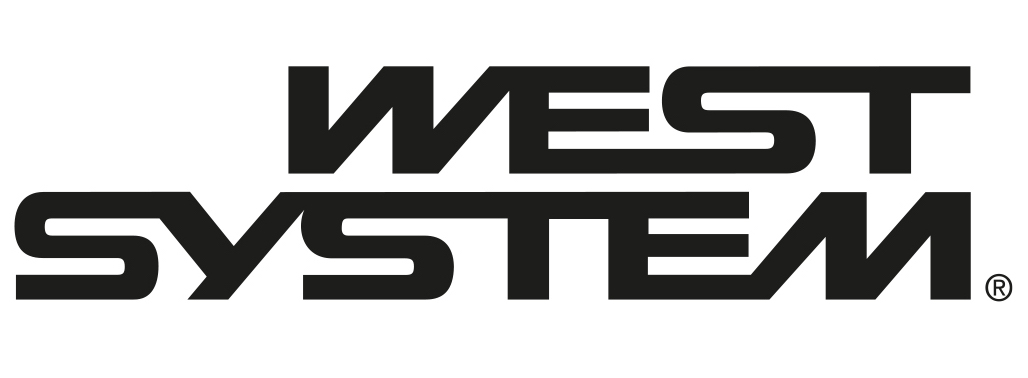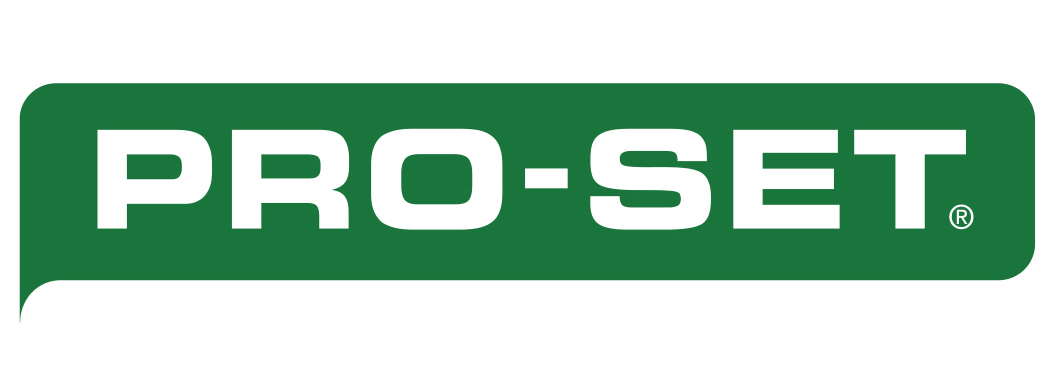Safety Guidance
WEST SYSTEM Preventing overexposure
How to reduce the risk of overexposure
You can help to reduce and prevent health problems from the beginning by limiting exposure to hazardous materials. This means more than using respirators, goggles and protective clothing.While the following guidelines are meant for an industrial setting, they can be an important guide for casual epoxy users.
These are our the three key recommendations for setting up a safe environment for using epoxy and its related products.
1. Make informed decisions about the products you use
Use the least hazardous product that will do the job. Often you can find a product with minimal health hazards that is adequate or even superior for the job. This can reduce or eliminate the hazard source.
2. Set up a safe workshop
Install equipment or use procedures that prevent or reduce exposure. This can include ventilation or specialised storage for hazardous materials. Effective ventilation can range from expensive, high-tech air-filtration and exhaust systems to the basic floor or window fans, and is useful for a wide range of vapours and dusts. A dedicated cabinet or isolated area for storing hazardous materials can help reduce exposure.
3. Wear protective equipment appropriate for the job in hand
The recommended minimum for most epoxy users is gloves, eye protection and protective clothing. Protect yourself from epoxy vapours by using a respirator with an organic vapour cartridge.
The approved respiratory protection against epoxy dust, wood dust and nuisance dusts is a dust/mist mask or respirator.
This page covers specific safety precautions for the following:
Safety precautions for using WEST SYSTEM epoxy resins and hardeners
Safety precautions for using solvents
Safety precautions for dealing with workshop dust
Why spraying epoxy is not recommended
Safety precautions for WEST SYSTEM® epoxy resins and hardeners
The government has not established exposure limits for WEST SYSTEM or PRO-SET® epoxy products. We recommend limiting exposure to the levels approved for the raw materials used in formulating the product, as shown in the product’s Material Safety Data Sheet. Practise the following procedures for the safe use and handling of our epoxy products.
Avoid contact with resin, hardeners, mixed epoxy and sanding dust from partially cured epoxy
Wear protective gloves and clothing whenever you handle epoxies. Barrier skin creams provide added protection. If you do get resin, hardener or mixed epoxy on your skin, remove it as soon as possible. Resin is not water-soluble, use a waterless skin cleanser, such as WEST SYSTEM 820 Resin Removing Cream, to remove resin or mixed epoxy from your skin. Hardener is water soluble, wash with soap and warm water to remove hardener or sanding dust from your skin. Always wash thoroughly with soap and warm water after using epoxy, removing amine blush or sanding epoxy.
If you spill epoxy on your clothes, change them immediately. Use skin cleanser to remove any epoxy from you and your clothes. If you cannot completely remove it from your clothes, do not continue to wear them. If it is mixed epoxy, you may wear the clothes again once the epoxy has completely cured. Never use solvents to remove epoxy from your skin.
Stop using the product if you develop a reaction
Resume work only after the symptoms disappear, usually after several days. When you resume work, improve your safety precautions to prevent exposure to epoxy, its vapours and sanding dust. If problems persist, discontinue use and consult a physician.
Wear appropriate eye protection
Protect your eyes from contact with resin, hardeners, mixed epoxy, and sanding dust by wearing appropriate eye protection. If epoxy gets in your eyes, immediately flush them with water under low pressure for 15 minutes. If discomfort persists, seek medical attention.
Avoid breathing concentrated vapours and sanding dust
All of our epoxies have a low volatile organic content (VOC), but vapours can build up in unvented spaces. Provide ample ventilation when working with epoxy in confined spaces, such as boat interiors. When you can’t adequately ventilate your workspace, wear an approved respirator with an organic vapour cartridge.
Provide ventilation and wear a dust/mist mask or respirator
This is important when sanding epoxy, especially partially cured epoxy. Breathing partially cured epoxy dust increases your risk of sensitisation. Although epoxy cures quickly to a sandable solid, it may take over two weeks at room temperature, or elevated-temperature post-curing, to cure completely.
Avoid ingesting epoxy
Wash thoroughly after handling epoxy, especially before eating or smoking. If you swallow epoxy, drink large quantities of water, do not induce vomiting. Hardeners are corrosive and can cause additional harm if vomited. Call a doctor immediately. Refer to First Aid procedures on the Material Safety Data Sheet.
Keep your workshop clean to avoid incidental contact
Avoid touching door handles, light switches and containers when you have epoxy residue on your gloves, because you may touch them later without gloves on. Clean up spills with a scraper, collecting as much material as possible. Follow up with absorbent towels. Use sand, clay or other inert absorbent material to contain large spills.
Do not use sawdust or other fine cellulosic materials to absorb hardeners. Clean resin or mixed epoxy residue with acetone, lacquer thinner, or alcohol. Follow all safety warnings on solvent containers. Clean hardener residue with warm soapy water. You may reclaim uncontaminated resin or hardener for use. Do not dispose of hardener in bins containing sawdust or other fine cellulosic materials, as they can spontaneously combust.
Safely dispose of resin, hardener and empty containers
Puncture a corner of the can and drain residue into the appropriate new container of resin or hardener. Do not dispose of resin or hardener as liquids. Mix and cure waste resin and hardener (in small quantities) to make a non-hazardous inert solid.
Caution: Pots of curing epoxy can become hot enough to ignite surrounding combustible materials and give off hazardous fumes. Place pots of mixed epoxy in a safe and ventilated area, away from workers and combustible materials. Dispose of the solid mass only after it has completely cured and cooled. Follow local disposal regulations.
Safety precautions for using solvents
The following sensible shop suggestions may help to reduce exposure to solvents and their potentially harmful effects.
- Always select the least toxic and least flammable solvent that will get the job done.
- Avoid solvents completely if at all possible.
- Do not smoke or use equipment that may generate sparks near solvent vapours or solvent storage areas.
- Store solvents in tightly closed, approved containers.
- Store solvents a safe distance from any ignition source.
- Store solvents out of the reach of children.
- Use solvents only in well ventilated areas.
- Bring fresh air into your shop and exhaust solvent-laden air.
- In confined areas, wear the appropriate respiratory protection.
- If you can, set up a basic mechanical ventilation scheme for all projects calling for solvents.
- Take special care in hot weather, when solvents evaporate quickly and are more likely to ignite.
- Do not operate power machinery or climb ladders if you have been working with solvents in a confined area.
- If you feel drowsy, nauseated, high or irritable while using solvents, immediately move to an area of fresh air.
- First aid for unconsciousness resulting from overexposure to solvent vapours is fresh air.
Safety precautions for dealing with workshop dust
The following sensible shop suggestions may help to reduce exposure to epoxy dusts, wood dusts and fillers.
- Use personal protective equipment if you handle wood you suspect that you may be particularly sensitive to.
- Sand only in shop areas with adequate ventilation. If dust levels in your shop are high, or if you are sanding in a confined space for a long time, wear an approved dust mask.
- If the entire shop is dusty, make sure everyone, not just the person sanding, wears a mask.
- When you have a choice, use a cutting tool, a chisel or plane, rather than an abrading tool, a polisher or sandpaper.
- Wear safety glasses.
- Use wet, rather than dry, sanding techniques on epoxy.
- When sanding fresh epoxy, wait for several days to ensure a complete cure.
- If you cannot wait to sand, wear protective clothing, eye wear and a dust mask.
- If you must sweep your floor, wear a dust mask and use a sweeping compound.
- It is safer to vacuum or mop the floor because less dust goes into the air.
- Use dust collectors on major dust-producing machinery.
- Take steps to prevent fires. Store solvents safely and make rules about smoking. Dust, solvent vapours and an ignition source can make an explosive combination.
- Prevent conditions that could create a static electrical charge. If handling large quantities of dust or filler, ground equipment properly.
- When handling fillers, try to keep them from becoming airborne, where they can remain for long periods.
Why spraying epoxy is not recommended
We do not recommend spraying epoxy products because the health and safety risks are enormous. As epoxy leaves a spray gun nozzle, it is reduced to tiny droplets, or a spray mist. You can easily inhale epoxy that is suspended in the air. It can cause extensive lung damage and other health problems.
The spray mist can settle on your skin, causing sensitisation and allergic reactions. It can settle on your eyes, injuring them. Compared to other application methods, spraying increases the amount of hazardous volatile components released from the epoxy. Using solvents to thin the epoxy for spraying adds to the health and safety risks. These hazards are similar to those of any spray-painting operation, involving both health and flammability concerns.
If you are determined to spray epoxy, control hazardous vapour and spray mist by using isolation and enclosure, such as a properly designed, ventilated and filtered spray booth. In any case, if you spray epoxy, you must use an air-supplied respirator and full-body protective clothing.




